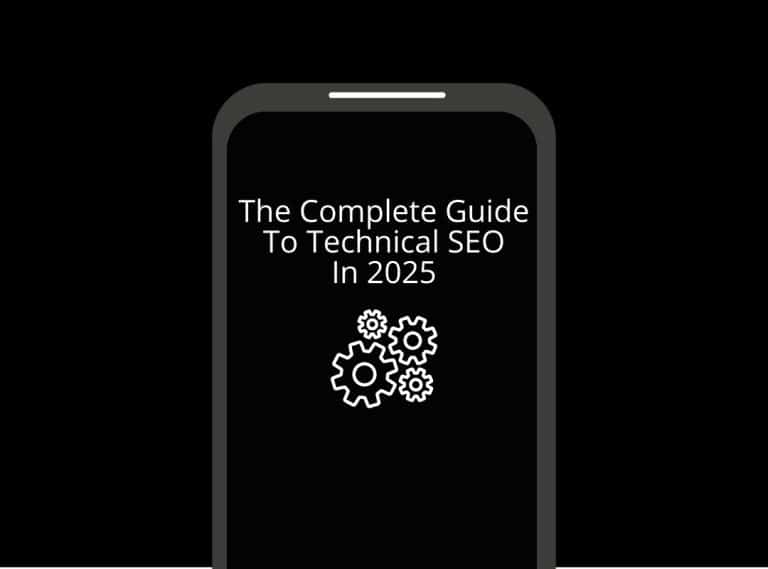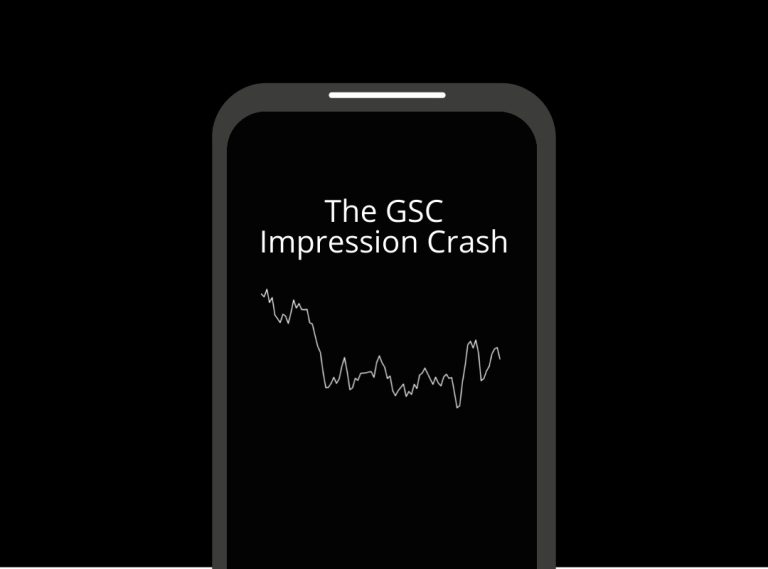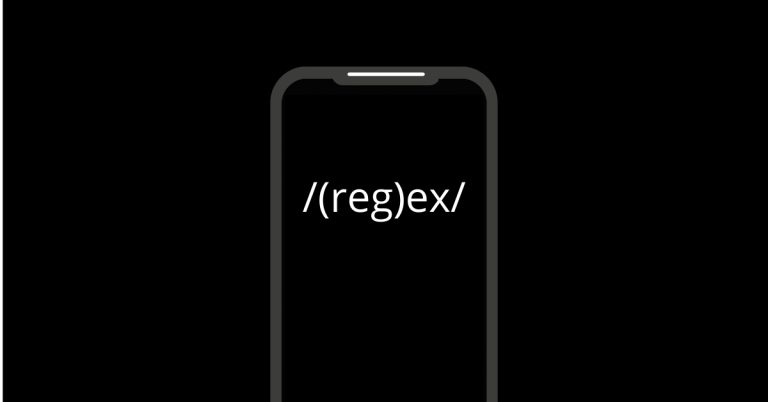As we enter 2025, the search engine landscape continues to evolve, with Google and Bing remaining the two dominant players. While Google has long held the lion’s share of the market, Microsoft’s Bing has made significant strides in recent years, introducing innovative features and leveraging AI technology to enhance its search capabilities.
In this comprehensive comparison, we’ll examine how these two search giants stack up against each other in various aspects, from market share and user demographics to new features and advertising platforms.
Key Takeaways
- Google maintains its dominant position with an 89.74% global market share, while Bing has grown to 3.97%. Bing’s growth is particularly notable in the US, where it handles over 27% of search queries.
- Google attracts a younger audience (60% aged 18-34) with diverse income levels, while Bing appeals to an older demographic (55% aged 35-54) with higher incomes. This difference creates unique opportunities for targeted advertising.
- Both search engines are heavily investing in AI, but with different approaches. Bing has made AI central to its identity with features like Bing Chat, while Google is enhancing its results with AI Overviews and developing Project Magi.
- Google Ads offers vast reach but with higher competition and costs. Microsoft Advertising (Bing) provides higher click-through rates, lower costs per click, and more granular targeting options, especially for B2B marketing.
- Both companies are focusing on AI and machine learning to enhance search capabilities. Google is developing new AI products, while Microsoft is leveraging its partnership with OpenAI to further integrate advanced AI features into Bing.
Market Share and User Base
Google continues to dominate the global search engine market in 2025, though its grip has loosened slightly compared to previous years. As of December 2024, Google’s worldwide market share across all devices stood at 89.74%, a slight decrease from its historical average of over 90%.
This minor dip is noteworthy, as it marks the first time since 2015 that Google’s share has fallen below the 90% threshold for an extended period.Bing, on the other hand, has seen modest gains.
Microsoft’s search engine now holds a 3.97% global market share, up from 3.37% a year ago. While this may seem small in comparison to Google, it represents significant growth for Bing and translates to millions of users worldwide.In terms of raw numbers, Google boasts an impressive 86.6 billion visits per month, while Bing receives about 1.4 billion monthly visits.
Bing’s user base is growing, particularly since the introduction of its AI-powered features. In fact, a month after launching its AI update, Bing reached over 100 million daily active users.It’s worth noting that Bing’s market share varies significantly by region and device type.
For instance, Bing performs particularly well in the United States, where it handles more than 27% of all search queries. Additionally, Bing has a strong presence on desktop devices, with a 17.21% market share in the US as of 2024.
User Demographics
Understanding the user demographics of each search engine is crucial for businesses and marketers looking to target specific audiences. Google and Bing have distinct user profiles that reflect their respective strengths and market positions.
Google’s user base tends to skew younger, with approximately 60% of its users falling between the ages of 18 and 34. Google also has a more diverse income distribution across all brackets and a higher proportion of mobile-first users, with about 55% primarily accessing the search engine via mobile devices.Bing, in contrast, attracts an older demographic. About 55% of Bing users are between 35 and 54 years old. Notably,
Bing users tend to have higher incomes, with almost 40% of its audience having household incomes above $100,000. Bing also boasts a higher percentage of college-educated users, with approximately 30% holding college degrees.
These demographic differences create unique opportunities for advertisers. Bing’s user base, for instance, makes it particularly attractive for luxury brands, B2B marketing, and professional services advertising. Google, with its broader reach, remains the go-to platform for campaigns targeting younger audiences and mobile users.
Search Features and AI Integration
Both Google and Bing have been rapidly integrating AI technologies into their search experiences, but their approaches and features differ in several key ways.Google has been enhancing its search results with AI-powered features like AI Overviews, which provide comprehensive summaries of search topics.
The company is also working on Project Magi, an AI-powered search engine that aims to provide more personalised and intuitive results. Bing, however, has made AI a central part of its identity. In February 2023, Microsoft introduced Bing Chat, an AI-powered conversational feature built on OpenAI’s GPT-4 technology. This feature has been well-received, with Bing recording over 1 billion chats and developing 750 million AI images since its launch.
Bing has also focused on creating a more visually immersive search experience. For certain informational queries, Bing displays image-heavy infographics that present key information in an easily digestible format. This approach aims to reduce the need for users to leave the search results page to find answers.
Google, while still primarily text-based in its search results, has been working on integrating more visual elements and AI-generated content. The company recently started testing “Daily Listen” in Search Labs, a personalised podcast that curates stories and topics based on individual interests.
Advertising Platforms
Both Google Ads and Microsoft Advertising (formerly Bing Ads) offer robust platforms for advertisers, but there are some key differences to consider.Google Ads provides access to an enormous audience, with the ability to reach about 6 billion searches per day across more than 200 countries.
This vast reach comes with higher competition rates and potentially higher costs per click.Microsoft Advertising, while reaching a smaller audience, offers some distinct advantages.
Bing ads typically have higher click-through rates – about 50% higher than Google’s – and lower costs per click, averaging 32% less than Google. This can translate to a lower cost per acquisition for advertisers.
Bing also offers more granular targeting options, particularly for device types and operating systems. Advertisers can tailor their ads based on specific device categories, which isn’t possible to the same degree with Google Ads.
Another advantage of Microsoft Advertising is its integration with LinkedIn for B2B targeting. This feature allows advertisers to target users based on their company, job function, and industry, making it particularly effective for B2B marketing campaigns.
Future Outlook and Innovations
As we look ahead, both Google and Bing are investing heavily in AI and machine learning to enhance their search capabilities and user experiences.Google CEO Sundar Pichai has hinted at new AI products and features rolling out in the coming months of 2025.
These innovations are expected to build on the success of technologies like Gemini 2.0, NotebookLM, and AI Overviews in Search. Microsoft, meanwhile, is doubling down on its AI-first approach with Bing. The company is working on simplifying the Bing interface while continuing to integrate advanced AI features.
Microsoft’s partnership with OpenAI gives it a strong foundation for future AI-powered innovations in search.Both companies are also exploring ways to make their search engines more central to smart home ecosystems. Google, for instance, is developing new AI features for Google Home devices and TVs that will allow for more natural interactions and personalised experiences.
It’s clear that while Google maintains its position as the dominant search engine, Bing is making significant strides in carving out its niche. Google’s vast reach and comprehensive feature set continue to make it the default choice for many users and advertisers.
However, Bing’s focus on AI integration, visual search, and targeting specific demographics has helped it grow its market share and offer compelling alternatives in certain areas.
For users, the competition between these two search giants means more choice and better search experiences. For businesses and marketers, understanding the strengths and user bases of both platforms is crucial for developing effective digital strategies.
As AI technology continues to advance, we can expect both Google and Bing to introduce even more innovative features in the coming years.
The key for both will be balancing technological advancement with user privacy and ethical considerations – areas where both companies have faced scrutiny in the past. Ultimately, the choice between Google and Bing in 2025 comes down to individual needs and preferences.
While Google remains the go-to for broad, general searches, Bing offers advantages in specific niches and for certain demographic groups.
As the search engine landscape continues to evolve, staying informed about the capabilities and strengths of both platforms will be essential for anyone looking to make the most of their online experiences and digital marketing efforts.





